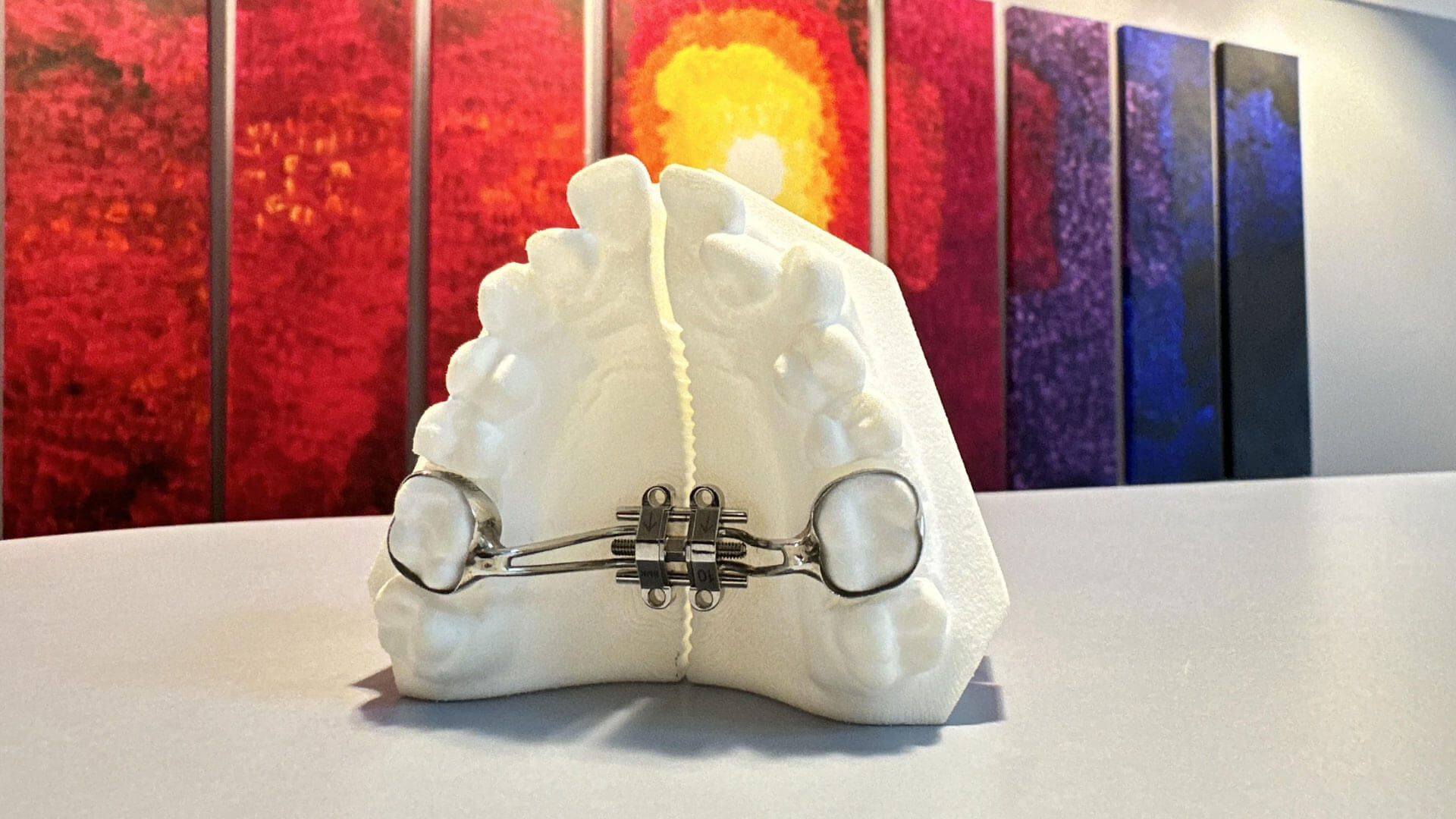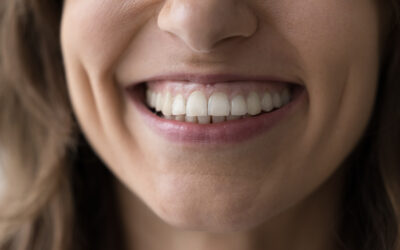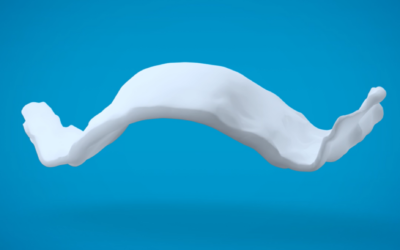Sleep apnea is a prevalent sleep disorder characterized by interruptions in breathing during sleep, leading to fragmented sleep patterns and daytime fatigue. While continuous positive airway pressure (CPAP) therapy is a common treatment option, oral appliances present an alternative approach to managing sleep apnea. In this comprehensive guide, we’ll delve into the intricate connection between orthognathics and sleep apnea, exploring how orthognathic interventions can improve sleep quality and overall well-being for individuals affected by this condition.
Signs of Sleep Apnea
Adults diagnosed with obstructive sleep apnea often demonstrate signs like snoring, gasping, or choking during sleep, accompanied by observed interruptions in breathing. Additionally, they may report frequent awakenings during the night, experience sleep that doesn’t leave them feeling refreshed, wake up with a morning headache, feel excessively tired during the day, struggle with focus and attention, face mood disturbances, and find it challenging to manage other health conditions like diabetes, hypertension, and obesity.
Children affected by obstructive sleep apnea may also show signs like snoring, observed breathing interruptions, and moments of choking or gasping during sleep. Parents may observe their child assuming unusual sleep positions, such as hanging their head off the bed’s side, and appearing restless with frequent shifts in sleeping posture. Other indications in children include daytime sleepiness, which can impact their daily activities and academic performance, particularly among older children. Furthermore, children who had previously stopped taking daytime naps may resume this practice, while some may exhibit hyperactivity rather than excessive sleepiness.
Understanding the Connection
The relationship between orthodontics, orthognathics and sleep apnea lies in the complex anatomy of the oral cavity and airway. The relationship of the jaws, tongue and related soft tissue to the airway. Malocclusion, or misalignment of the teeth and jaws, can contribute to airway obstruction during sleep, exacerbating sleep apnea symptoms. Additionally, certain craniofacial abnormalities, such as retrognathia (receding lower jaw) or maxillary constriction (narrow upper jaw), can further compromise the airway and increase the risk of sleep apnea. By addressing these relatively common structural issues, orthognathic treatment associated with orthodontics aims to improve airway patency and reduce the severity of sleep apnea symptoms.
Orthodontic Treatment Options
Orthodontic interventions for sleep apnea focus on correcting underlying anatomical abnormalities and improving airway function during sleep. Some commonly recommended treatment options include:
- Palatal Expansion: Palatal expanders are orthodontic devices used to widen the upper jaw, creating more space in the nasal and oral airway. By expanding the palate, palatal expanders can help alleviate airway constriction and improve breathing during sleep.
- Mandibular Advancement Devices (MADs): MADs are custom-made oral appliances that reposition the lower jaw forward during sleep, preventing the tongue and soft tissues from collapsing into the airway. This forward positioning helps maintain airway patency and reduces the severity of sleep apnea symptoms.
- Orthognathic Surgery: In cases of severe jaw discrepancies or anatomical abnormalities contributing to sleep apnea, orthognathic surgery may be recommended in association with orthodontic treatment. This surgical procedure involves repositioning the upper and/or lower jaw to improve facial balance and airway function, effectively treating sleep apnea and associated breathing problems.

The Key to Better Sleep
Sleep apnea is a medical condition with numerous serious implications when left untreated. It can impact individuals of all ages, from children to adults, and may manifest at any stage of life. Orthodontics offers a valuable adjunctive approach to managing sleep apnea, providing effective interventions to address underlying structural issues and improve airway patency during sleep. By correcting malocclusion and jaw discrepancies, orthodontic/orthognathic treatment can help alleviate sleep apnea symptoms and improve overall sleep quality for individuals affected by this condition. If you or a loved one is experiencing symptoms of sleep apnea, we encourage you to schedule a free consultation with our experienced orthodontic team at Daia Orthodontics & TMJ Orthopedics to explore personalized treatment options. Together, we can work towards improving your sleep quality and enhancing your overall well-being.




